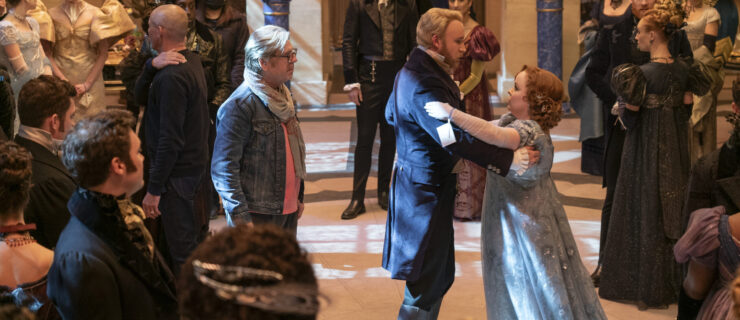Limón Technique
Mexican-born José Limón moved to NYC in 1928. There, he saw his first dance performance and, soon after, began studying with Doris Humphrey and Charles Weidman. Limón went on to become one of the most renowned modern dancers and choreographers of the 20th century. The dance technique he created focuses on the movement of breath through the body, the dynamic use of weight in each body part and the fluid succession of one movement into the next.
How to Prepare
Before you take your first Limón class, revisit some everyday activities. “Go outside and swing [on a swingset]. Experience the momentum and the sensation of swinging in your body—the impetus, release and recovery,” says Jennifer Scanlon, associate artistic director and former principal dancer with the José Limón Dance Company. “Bounce a ball and observe its rebound and the impact of gravity. And, most importantly, observe your breath and the way it influences movements throughout your body.”
These ordinary movement experiences and observations are an important preparation because many of the core elements in Limón’s technique come from human movement and the sensations the body experiences in motion. Seeing Limón’s choreography, either live or on video, will also help you get a feel for what classroom movement will be like—and show you how fully trained Limón dancers move. “Look at the range of movement in the torso and the hips—see where successional movements lead and how the body yields to gravity,” Scanlon says.
Class Structure
Each master teacher will likely have his or her own approach to conveying Limón class material. Some may begin with walking, running or body, leg and arm swings to explore certain concepts, then build exercises from there. Others may adhere more closely to a set series of exercises that moves from seated floor work through center work and progresses with jumps and across-the-floor combinations.
Key Concepts
You’ll explore concepts including breath and its influence on movement; the impact of weight on individual body parts and how that creates expression; flexibility of the spine; body-part isolations; and the dynamism between fall and recovery. (See “Listen Up and Move”) As you work through the exercises, focus on the feeling and quality of the movement instead of getting bogged down in the steps and exact forms. “The point is to experiment and find the movement from the inside out, rather than trying to recreate someone else’s shapes,” Scanlon says. This idea of being aware of your body and its movement is crucial in Limón Technique. “José was interested in human wholeness, and it is key in his work that the whole person participates—mind, body and spirit,” Scanlon says. “That leads to a visceral experience that opens the dancer to the expressive qualities the movement requires.”



